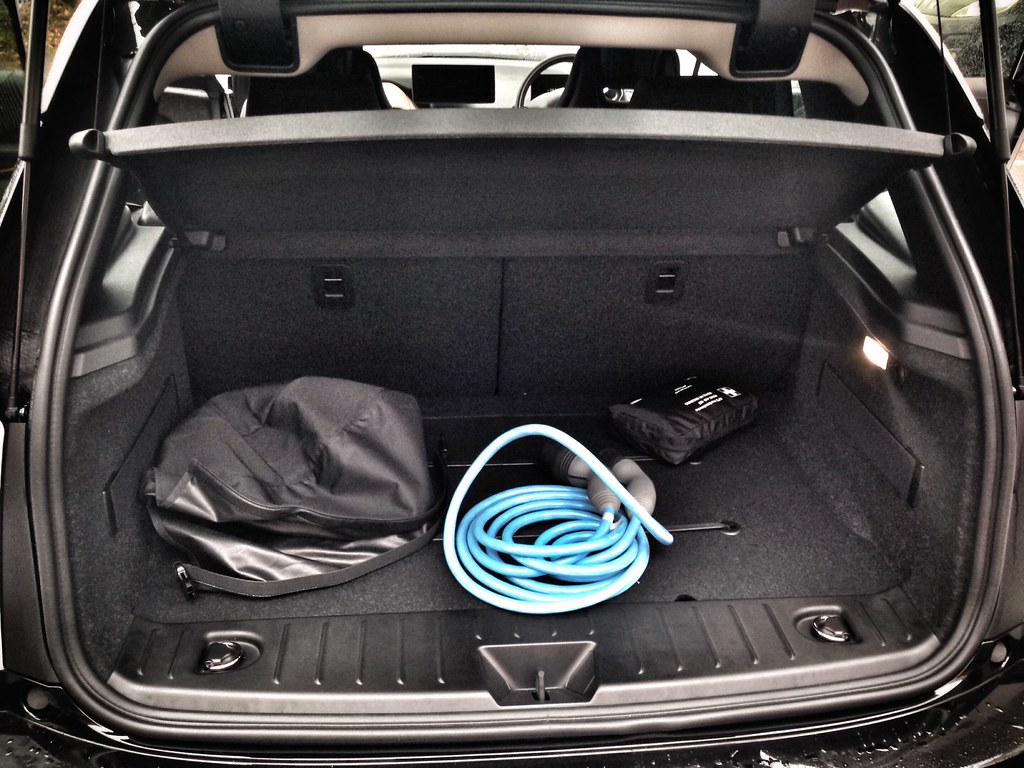Exploring the plethora of SUV choices, safety emerges as a critical component. Here is a deeper look at some of the top-rated SUVs for safety, their features, and the evolving landscape of autonomous driving technology, which is reshaping the automotive industry.
Enhanced Safety Standards and Top Picks
In 2023, the Insurance Institute for Highway Safety (IIHS) and the National Highway Traffic Safety Administration (NHTSA) will recognize several SUVs for their exceptional safety records. These vehicles not only meet but exceed rigorous safety standards, setting a new benchmark for the industry:
- Acura MDX: Celebrated for its Top Safety Pick+ designation by IIHS, the MDX excels with a ‘Good+’ rating for its child seat anchor points. However, it’s notable that only the FWD variants achieved a top five-star overall safety rating from NHTSA.
- Acura RDX: Shares many safety accolades with its sibling, the MDX, under the AcuraWatch suite of driver assistance features. However, it’s critiqued for its cumbersome infotainment system and limited rear visibility.
- Infiniti QX60: This model nearly aced every IIHS test, earning a Top Safety Pick+ award. It features a V-6 engine and high-class cabin materials, though its FWD model lacks an overall NHTSA rating.
- Lexus UX: Grabs attention with the IIHS’ Top Safety Pick+ but has shortcomings in NHTSA’s frontal crash and rollover tests. It offers a hybrid powertrain and efficiency but has limited cargo space.
- Lincoln Nautilus: Known for its luxurious ride and premium cabin, the Nautilus secured a five-star overall rating from NHTSA and is an IIHS Top Safety Pick.

Focusing on Electric and Technology Integration
- Volkswagen ID.4: Stands out as the only electric SUV on the list, celebrated for its comfortable ride and spacious rear seating. However, its cargo space and touch-sensitive controls could be improved.
- Volvo XC90: Impresses with its safety scores and stylish design, though it has been noted for needing improvement in ride quality and third-row access.
Tesla’s Autopilot: A Case Study in Autonomous Driving
Tesla recently recalled nearly 2 million vehicles to address issues with its Autopilot system, highlighting the challenges in autonomous vehicle technology. NHTSA has pointed out that Autopilot may give drivers a false sense of security, leading to an over-the-air software update to ensure driver attentiveness, especially when the Autosteer function is engaged, which is crucial for safety.

Safety and Technology: A Dual Path Forward
The evolution of vehicle safety features demonstrates a significant leap forward in protecting drivers and passengers. As autonomous and semi-autonomous technologies continue to develop, it’s essential to balance innovation with safety. While advanced features offer a higher level of control and convenience, they are aids, not replacements, for attentive driving, which remains paramount.
As you consider your next vehicle purchase, focusing on safety ratings and the real-world functionality of safety features is crucial. Understanding the capabilities and limitations of emerging technologies like Tesla’s Autopilot will ensure that you remain a safe and informed driver. By appreciating advancements in vehicle safety, we can navigate the evolving landscape with confidence and security, making informed decisions.
Related posts:
These Are the Safest SUVs You Can Buy in 2023
Tesla recalls 2 million vehicles to limit use of Autopilot feature after nearly 1,000 crash





